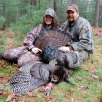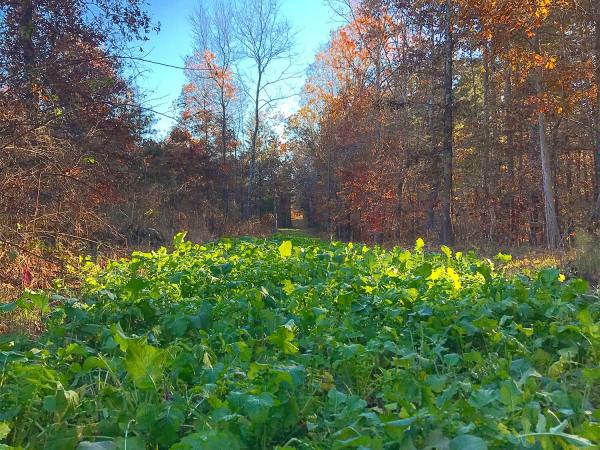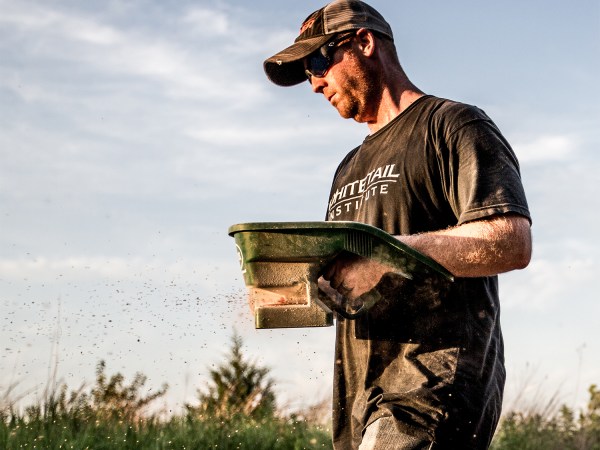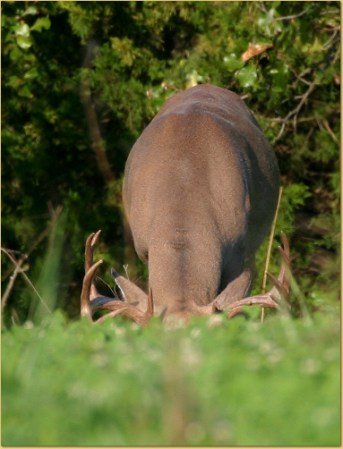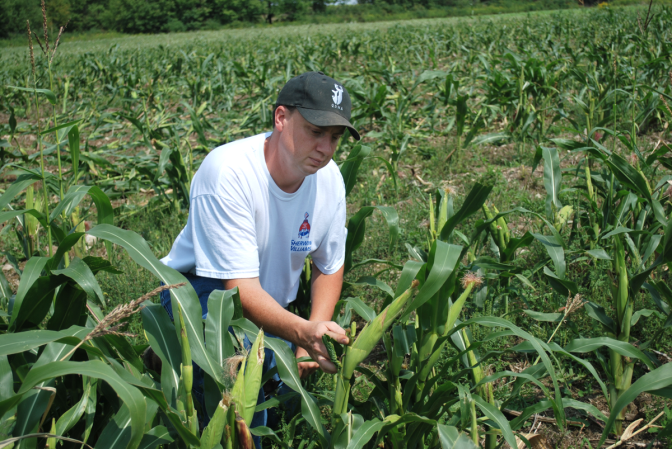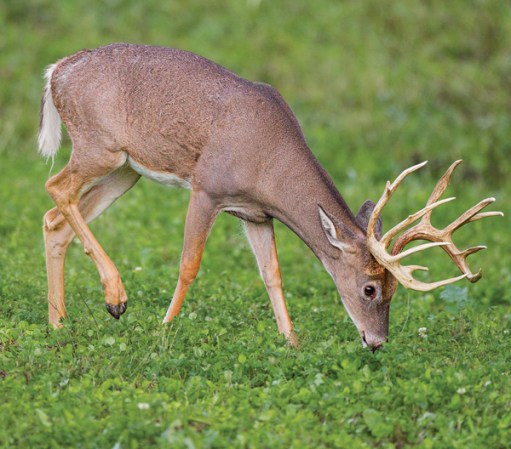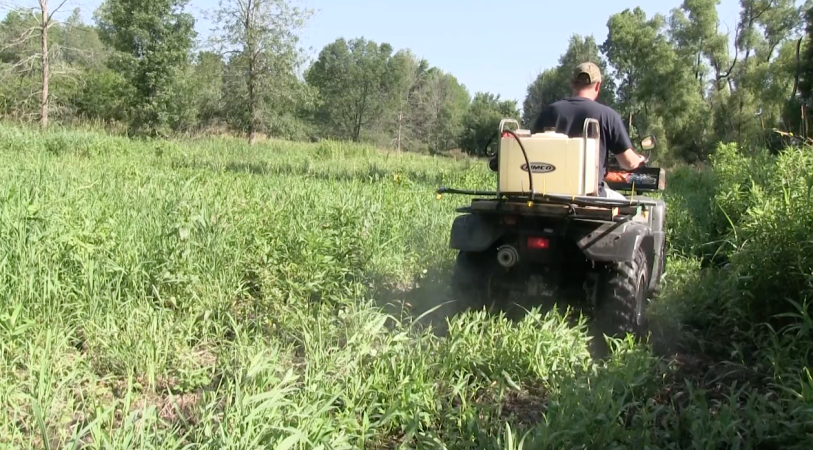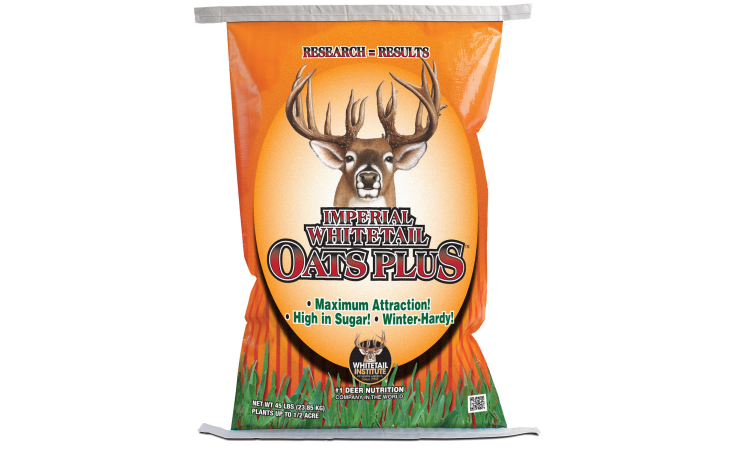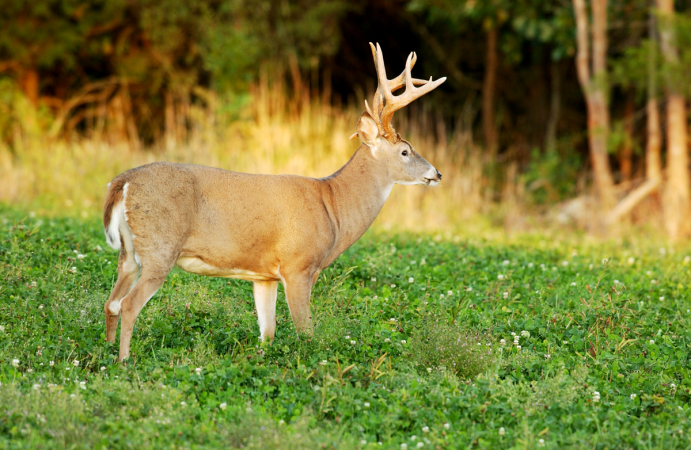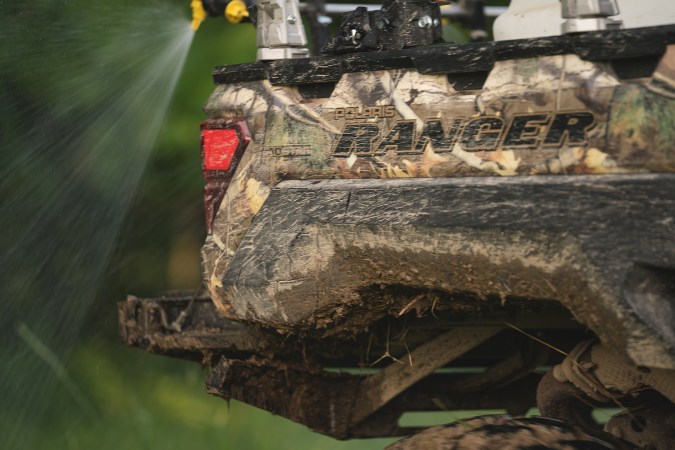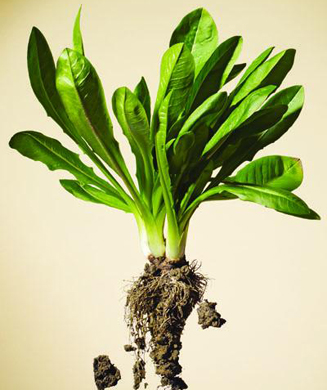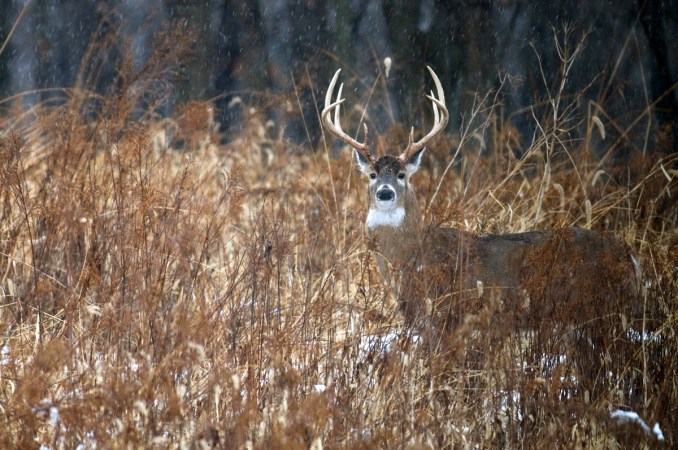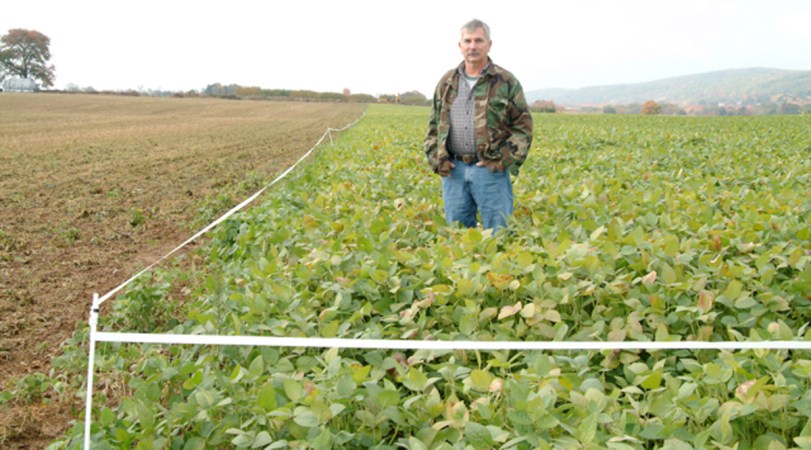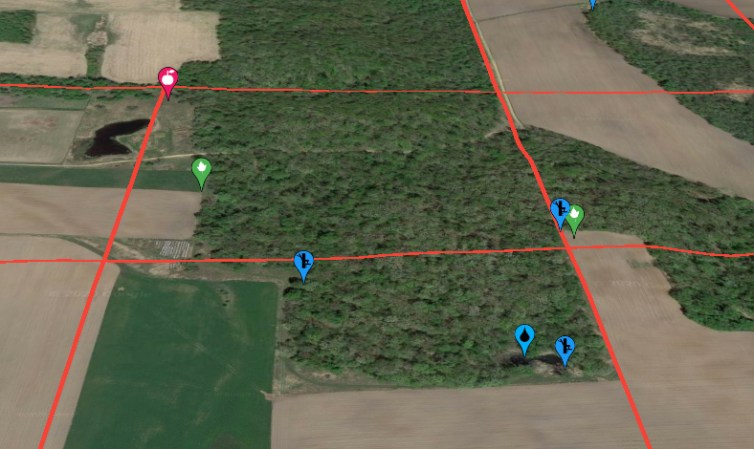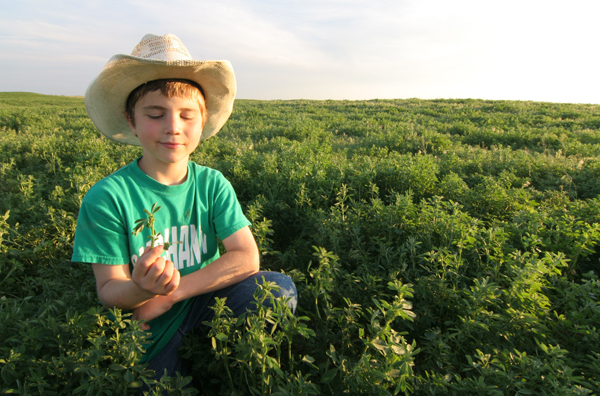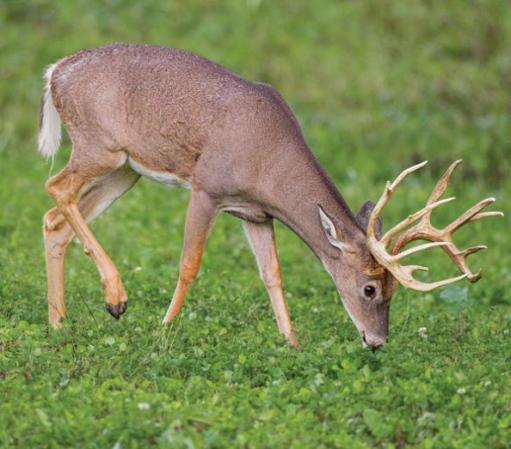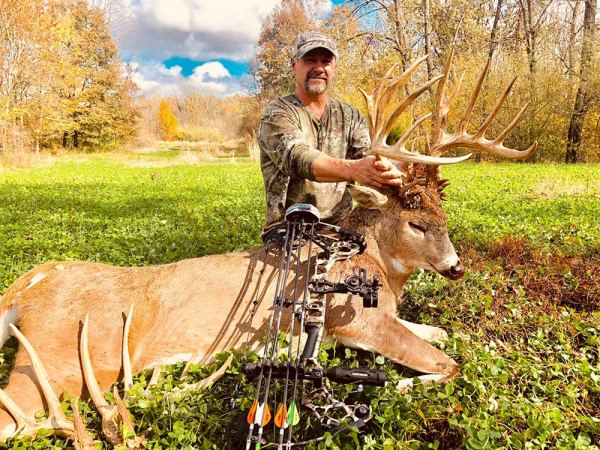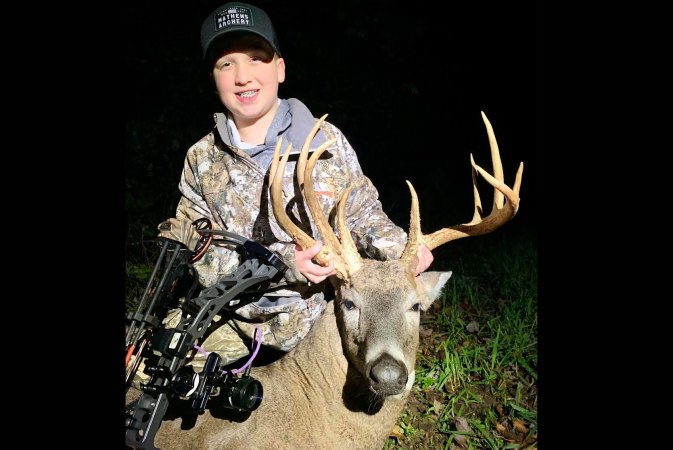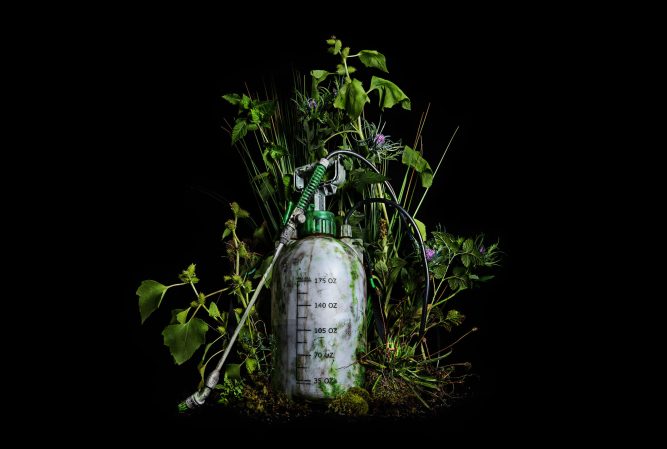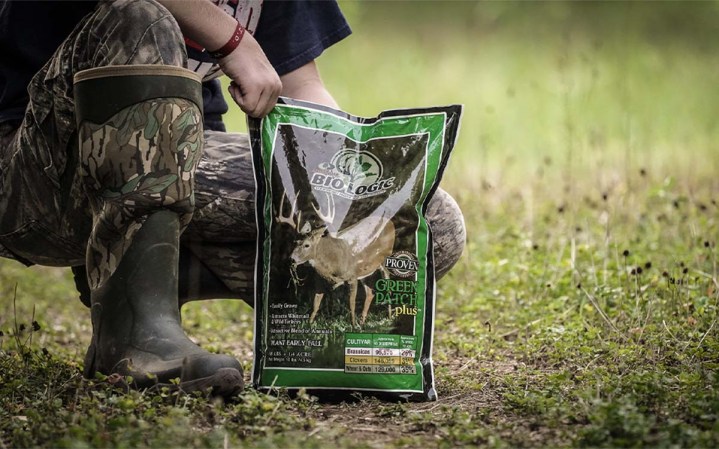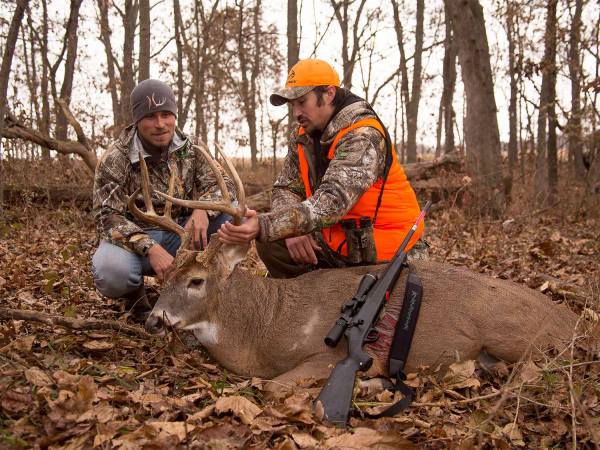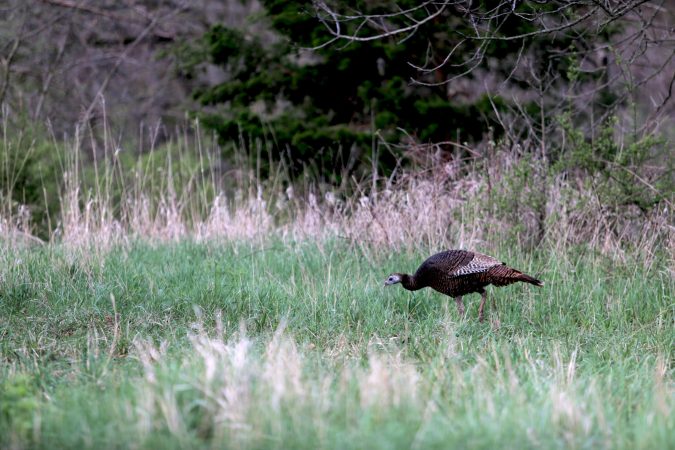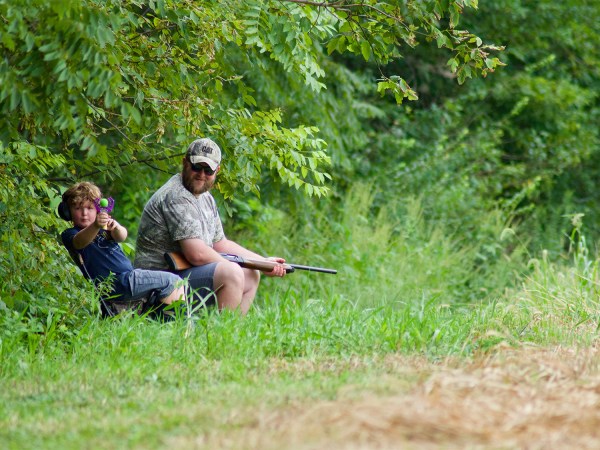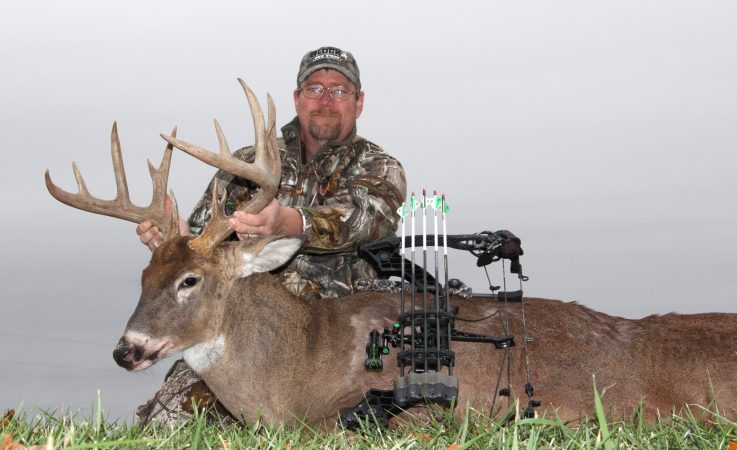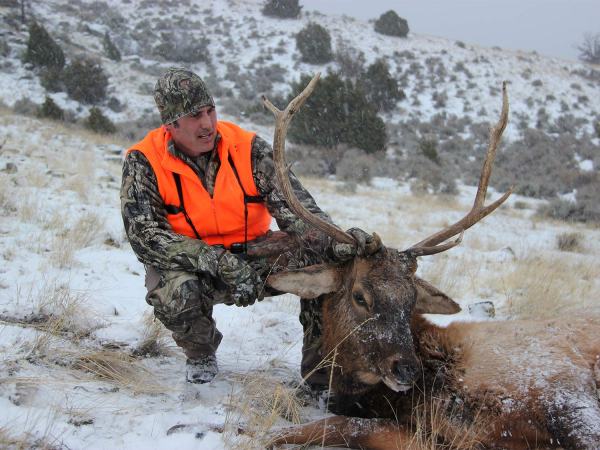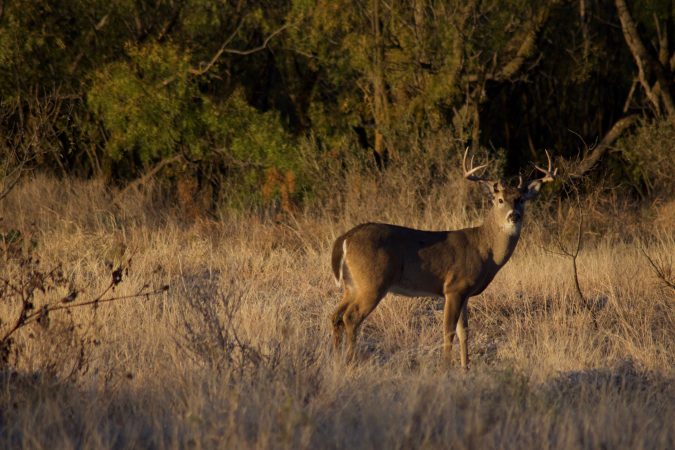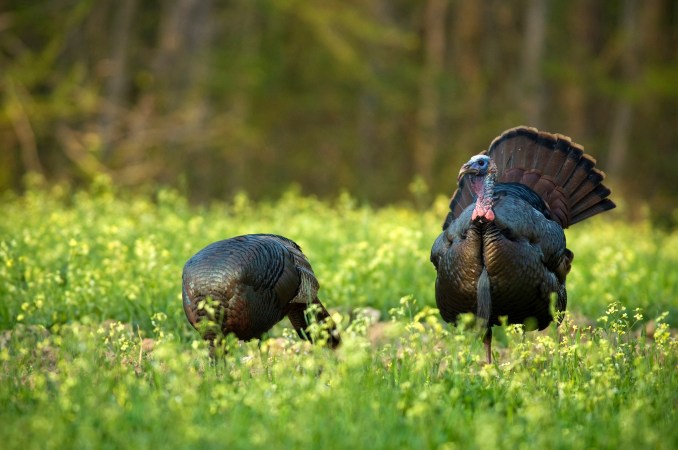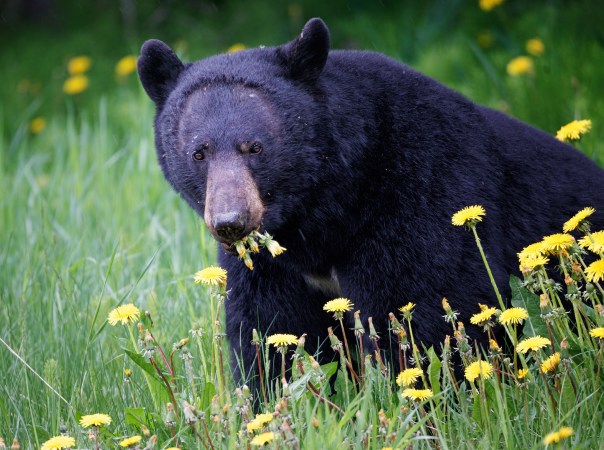When contemplating food plots for whitetails, you need to understand the fundamental difference between a plot that is designed to provide deer with quality nutrition for antler growth over an entire growing season and a plot that is intended to draw deer over a shorter period of time so that you can hunt them.
Feed, or all-season, plots are typically perennial-heavy and feature deer favorites such as clover, chicory, birdsfoot trefoil, and alfalfa. By contrast, hunting plots contain mostly annuals such as brassicas, winter peas, turnips, soybeans, winter oats, and beets.
Food plot aficionados prefer a blend of the two.
The Go-To feed Plot
Following considerable experimentation with dozens of different seed formulations, I feel I’ve finally hit upon the ideal seed-blend combination for my hunting area in the Northeast. The entire project from start to finish (two plots, about an acre each in size) took just two late-summer weekends last year to engineer using only a pump sprayer, a garden roto-tiller, and a hand seeder.
A week after a liberal treatment of Roundup, I spent one full day behind the roto-tiller. My first circuit broke sod and was followed by the application of lime and fertilizer. A second circuit with the tiller prepared the seed bed. By the second day, I was ready to plant.
If You Plant It, They Will Come
My chosen blend consisted of three seed varieties–clover, winter oats, and turnips–each with a specific purpose in mind.
Imperial Whitetail Clover: Designed to provide deer with the nutrition necessary to grow large antlers, Imperial Clover is an easy-growing perennial and will serve as the foundation for my plots for several years.
Trophy Oats: This serves two purposes: 1. To protect the young, vulnerable clover from overbrowsing. 2. It’s a potent attractant. This BioLogic product is extremely cold-tolerant and easy to grow. Deer absolutely love it.
Tall Tine Tubers: This is dessert after the main course. A new Whitetail Institute blend, Tubers is a cold-tolerant turnip variety intended to draw deer to the plot once the snow begins to fly.
By mid-September, my plots proved to be a whitetail drawing card. Last fall’s nonexistent hard-mast crop (a crash of historic proportions) made my food plots hugely attractive to the general deer population. Does and fawns showed up first on my trail cams, and it wasn’t long before the bucks followed–several were of the OMG! variety. Because of the pending soft-mast crash, my expectations are running high for this fall. Yours should be, too, if you get your planting done, for this will be the year of the food plot.
